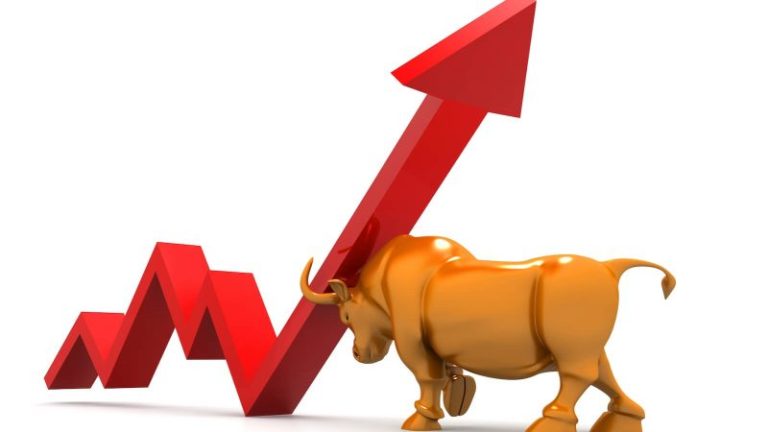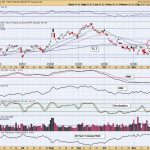The current global economic landscape has been witnessing a significant shift as the stock market experiences a rally amidst a rise in bond yields. This phenomenon has garnered the attention of investors, economists, and financial analysts alike, prompting questions and conversations about the factors driving this upswing and its implications for the future.
One of the primary reasons behind the stock market rally is the improving economic outlook in the wake of the global pandemic. As vaccination efforts continue and lockdown restrictions ease in many countries, there is a growing sense of optimism about economic recovery and growth. This positive sentiment has translated into increased investor confidence, leading to higher stock prices across various sectors.
Furthermore, fiscal stimulus measures implemented by governments around the world have played a crucial role in bolstering market sentiment. These stimulus packages have injected liquidity into the financial system, supported businesses and individuals, and stimulated consumer spending. As a result, companies have seen improved earnings prospects, which have contributed to the rally in stock prices.
The rise in bond yields, on the other hand, can be attributed to expectations of higher inflation and interest rates in the future. As economic activity picks up pace, there are concerns about a potential surge in inflation, prompting investors to demand higher yields on bonds to compensate for the eroding purchasing power of their investments. This increase in bond yields has implications for equity markets, as higher yields make bonds more attractive relative to stocks, leading some investors to reallocate their portfolios.
Another factor driving the stock market rally and yield rise is the Federal Reserve’s stance on monetary policy. The central bank has reiterated its commitment to maintaining accommodative monetary policies to support the economy until certain targets, such as full employment and sustained inflation, are met. However, the Fed’s assurance that it will not immediately raise interest rates has alleviated concerns about a sudden tightening of monetary conditions, providing further support to risk assets like stocks.
In conclusion, the current stock market rally and rise in bond yields reflect a complex interplay of factors, including improving economic prospects, fiscal stimulus measures, inflation expectations, and monetary policy dynamics. While the rally signals optimism about the economic recovery, it is important for investors to remain cautious and mindful of potential risks and uncertainties in the market. By staying informed and being proactive in managing their portfolios, investors can navigate these challenging times with confidence and resilience.



